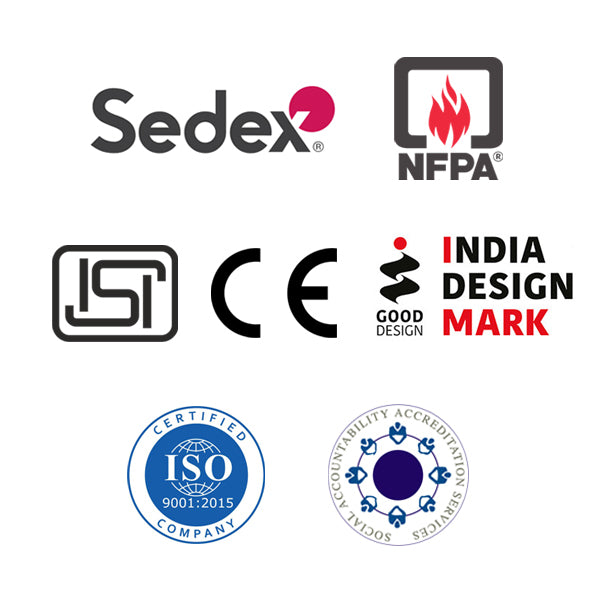P151A
Share
Knitted Gloves
- Electrical conductive seamless knitted glove
- 15G 100% polyester knitted white liner
- Carbon fibre treated thumb, index and middle fingertip
- Conforms to EN 388:2016
Reinforced
Cut Resistant
Dexterity
Knitted Wrist
EN388
Delivery & Services

Easy Return
with our 15 days return poicy
Regular price
Rs. 0
Sale price
Rs. 0
Regular price
Tax included.
Shipping calculated at checkout.
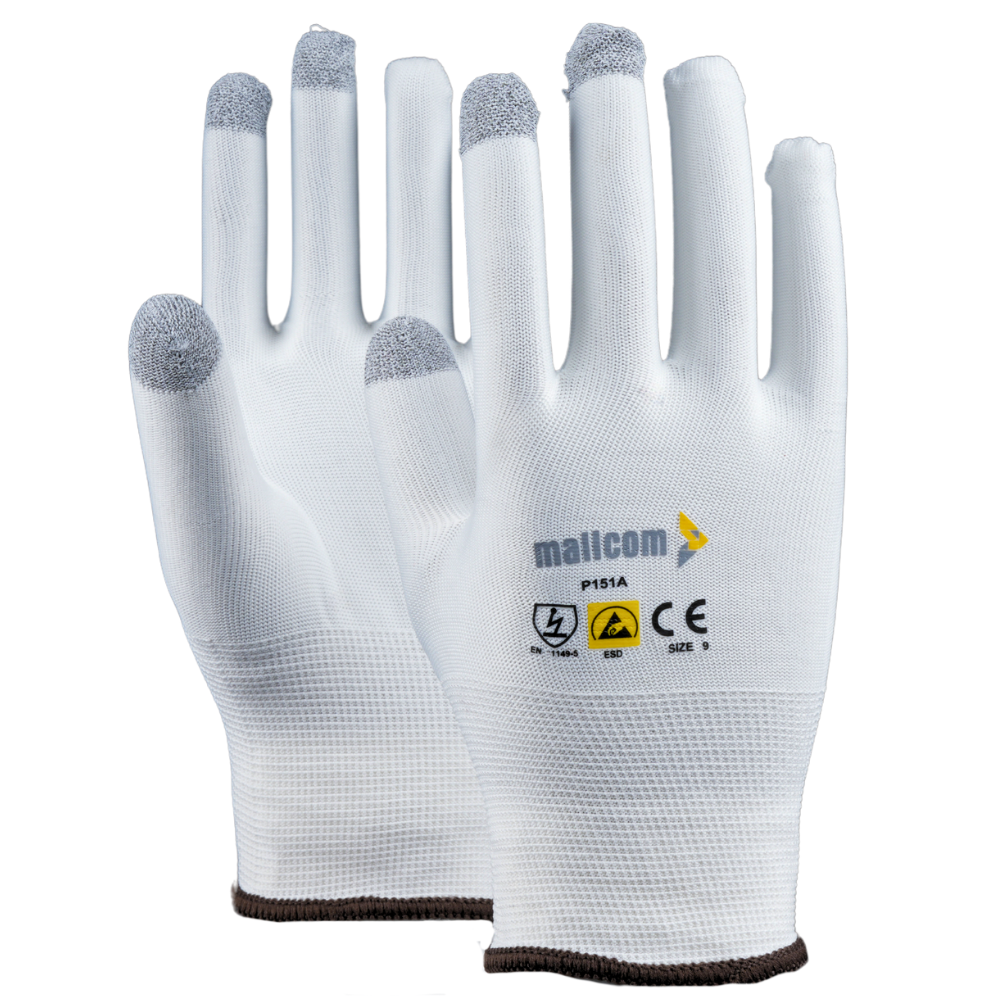
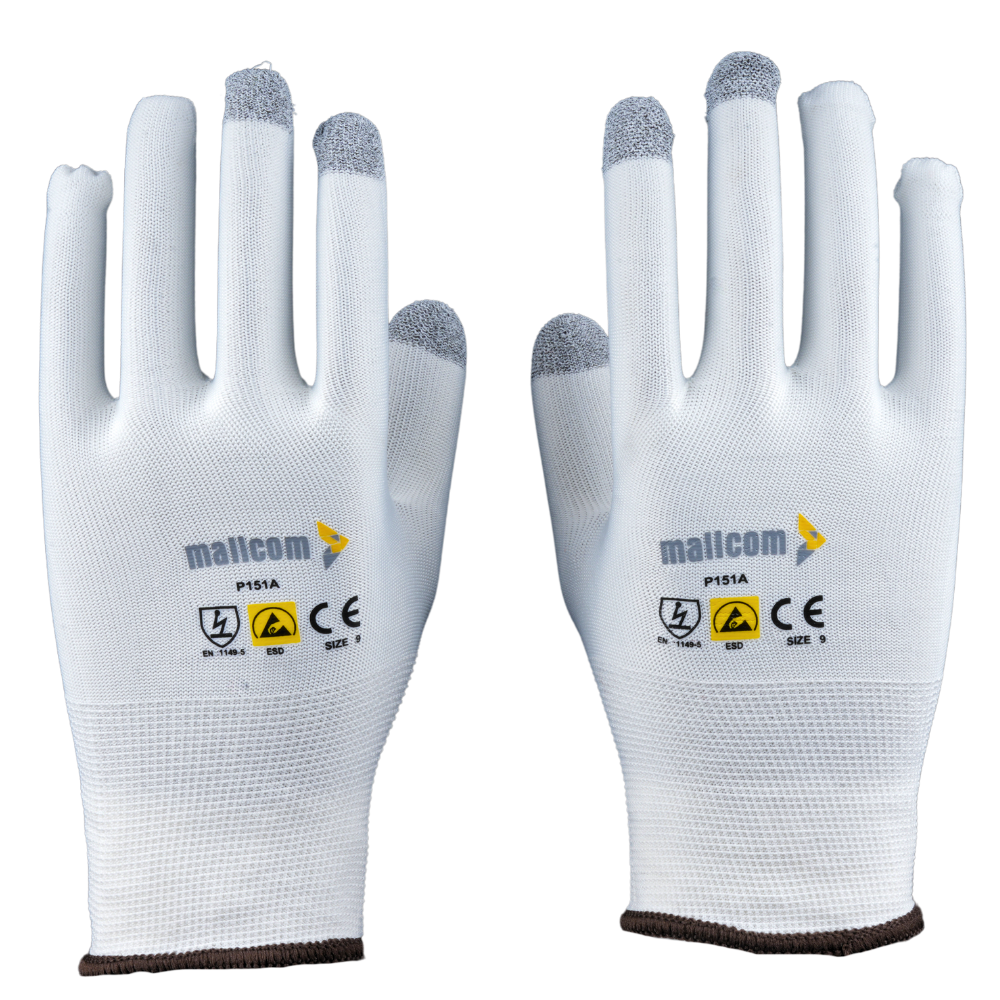
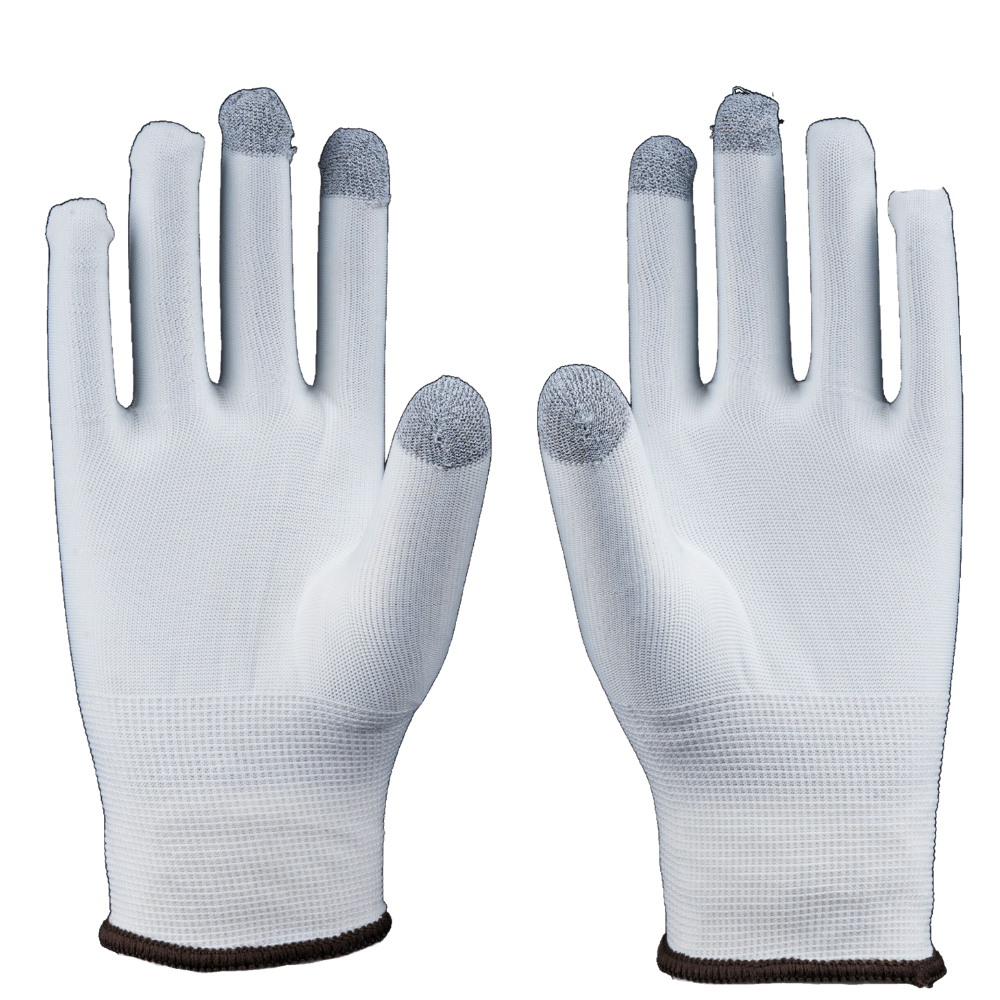
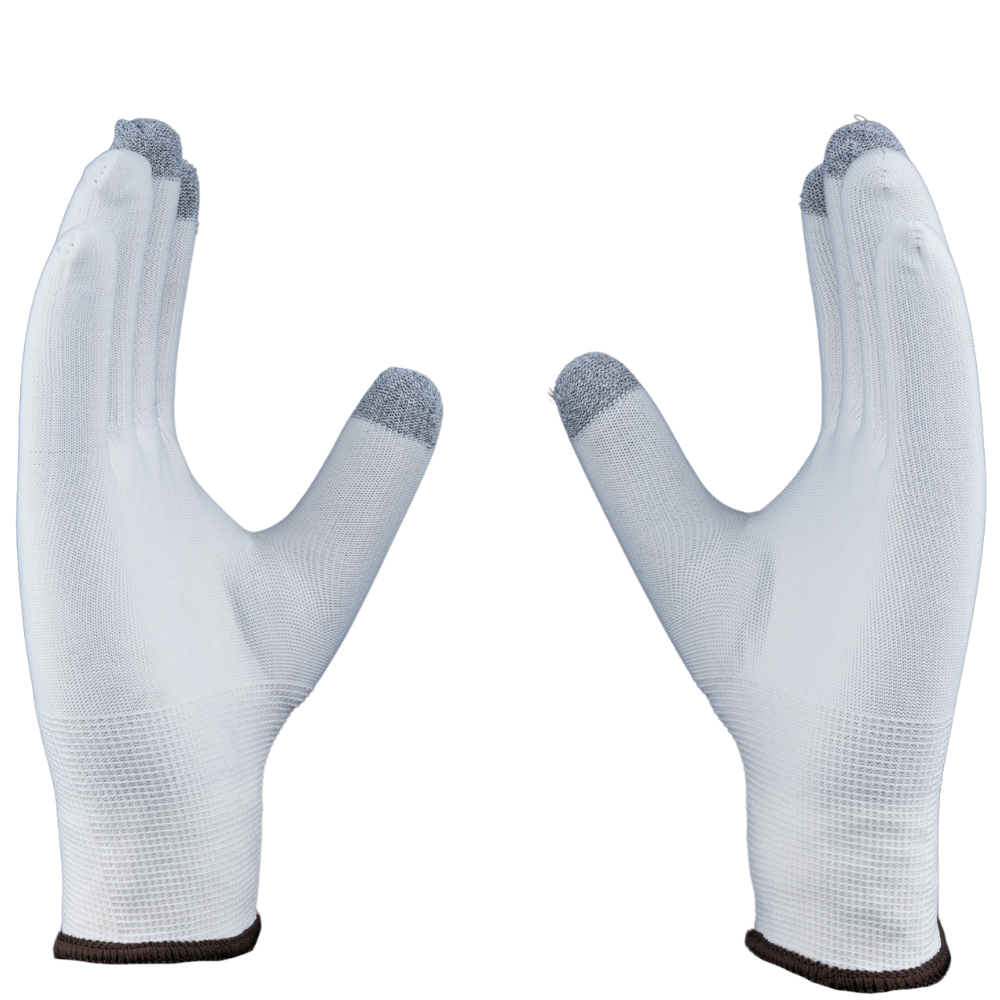
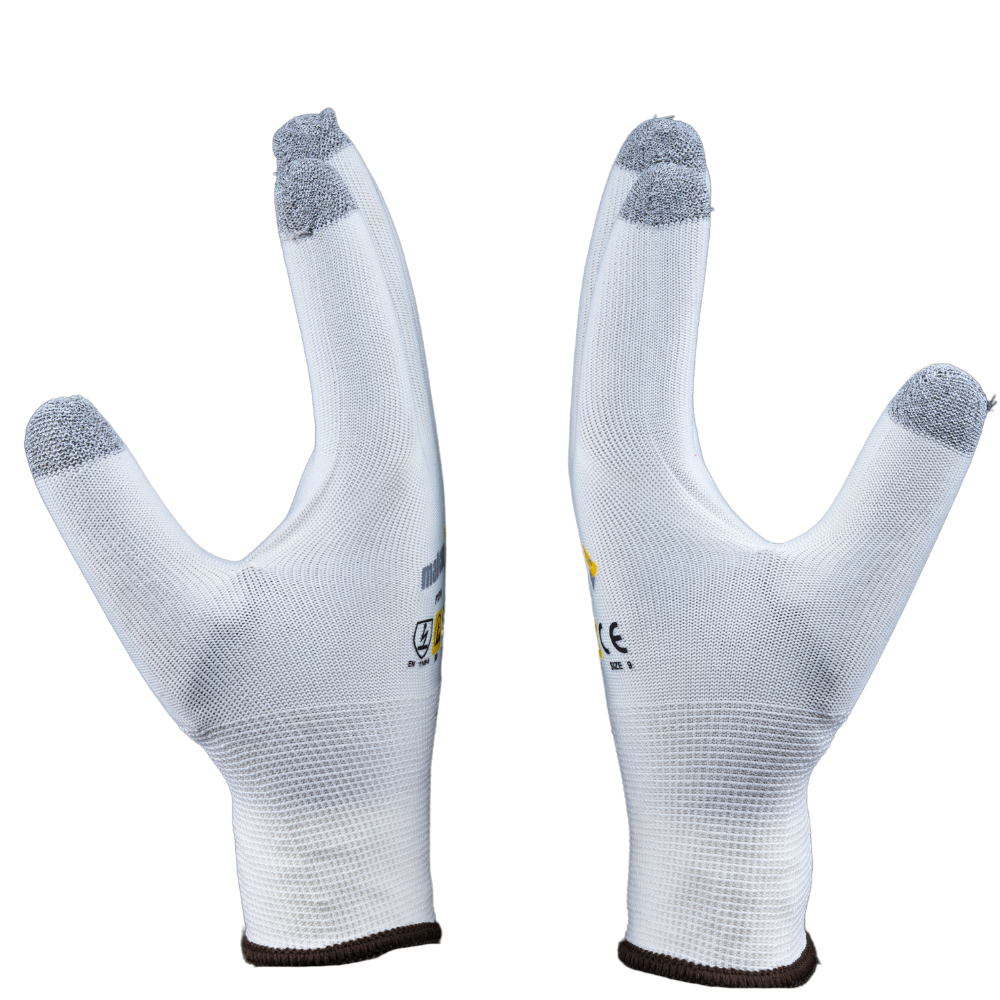
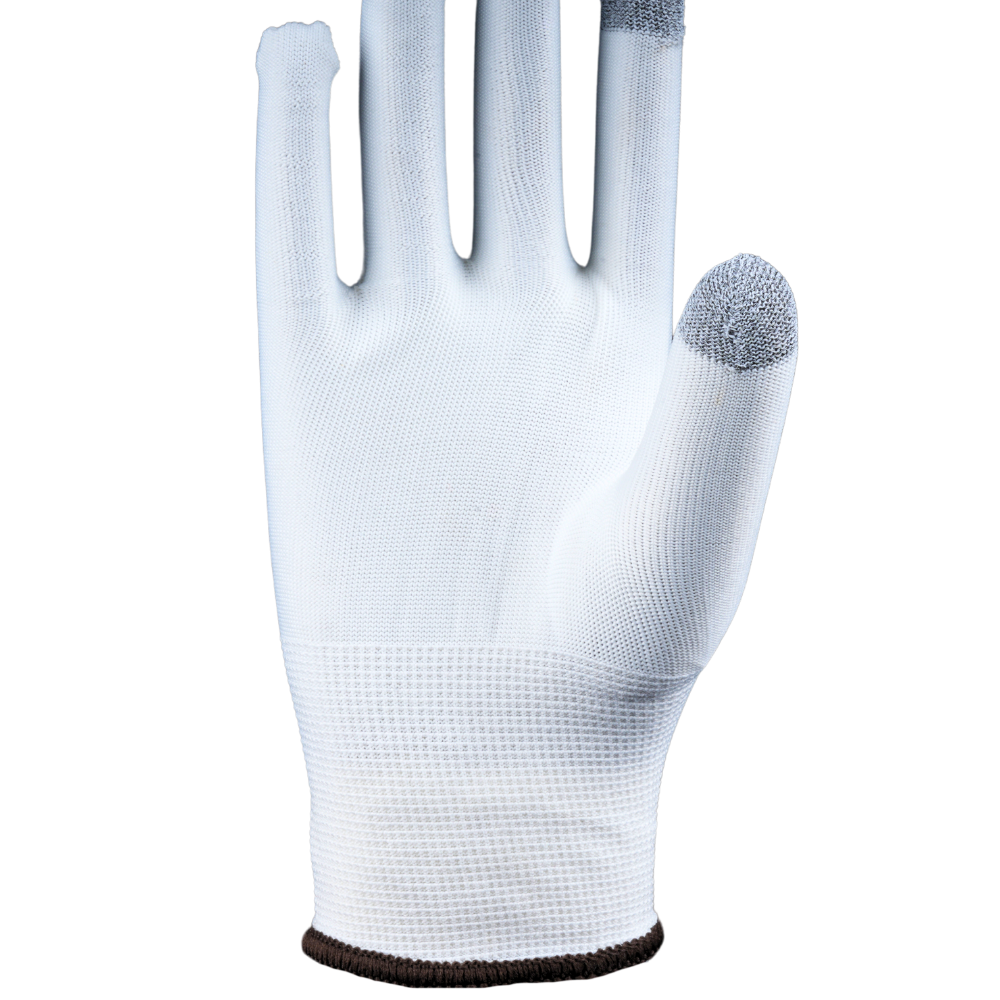
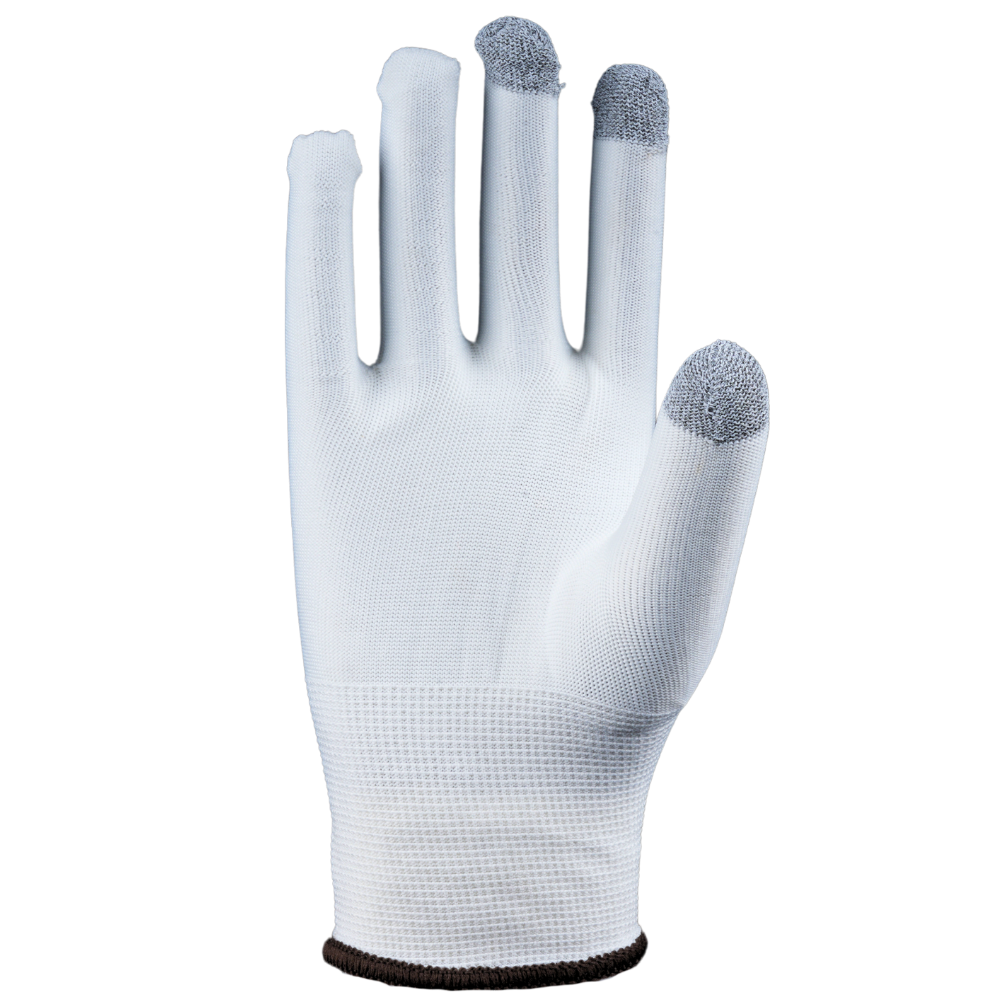
ABOUT THE DESIGN
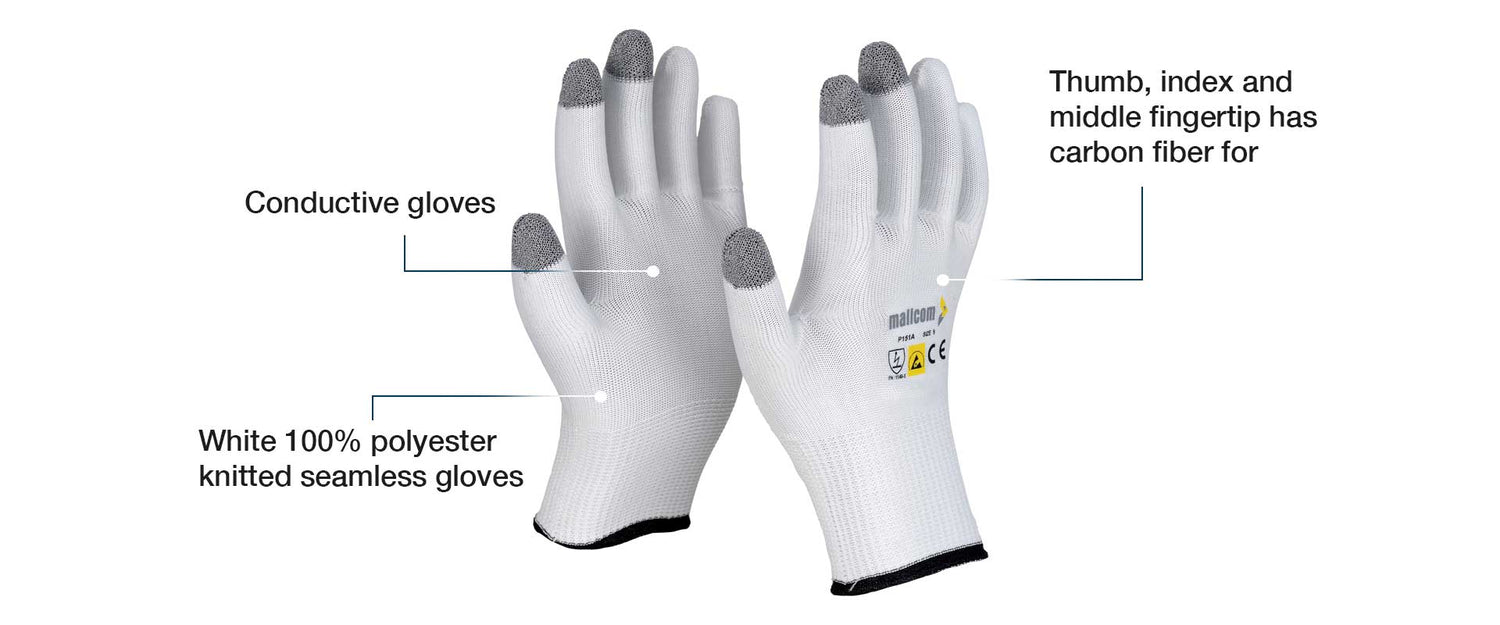
USEFUL IN THESE INDUSTRIES
AUTOMOBILE
LOGISTICS
MAINTENANCE
MATERIAL HANDLING

Product Features
ABOUT THE DESIGN
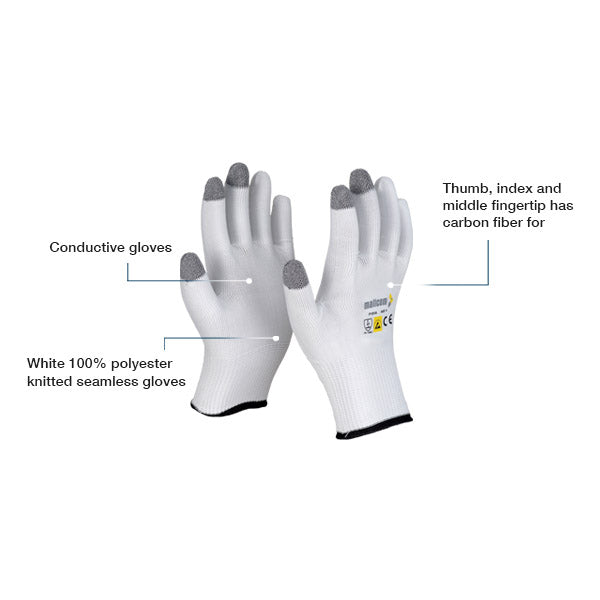
USEFUL IN THESE INDUSTRIES
AUTOMOBILE
LOGISTICS
MAINTENANCE
MATERIAL HANDLING
Product Details
